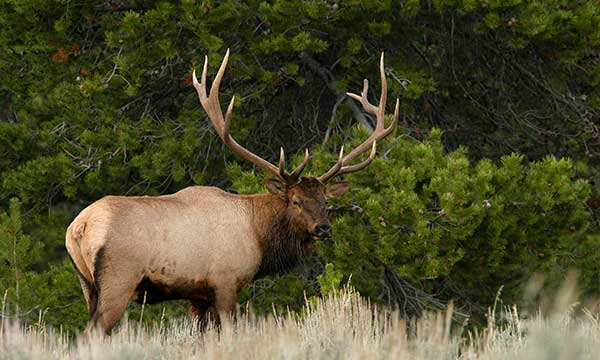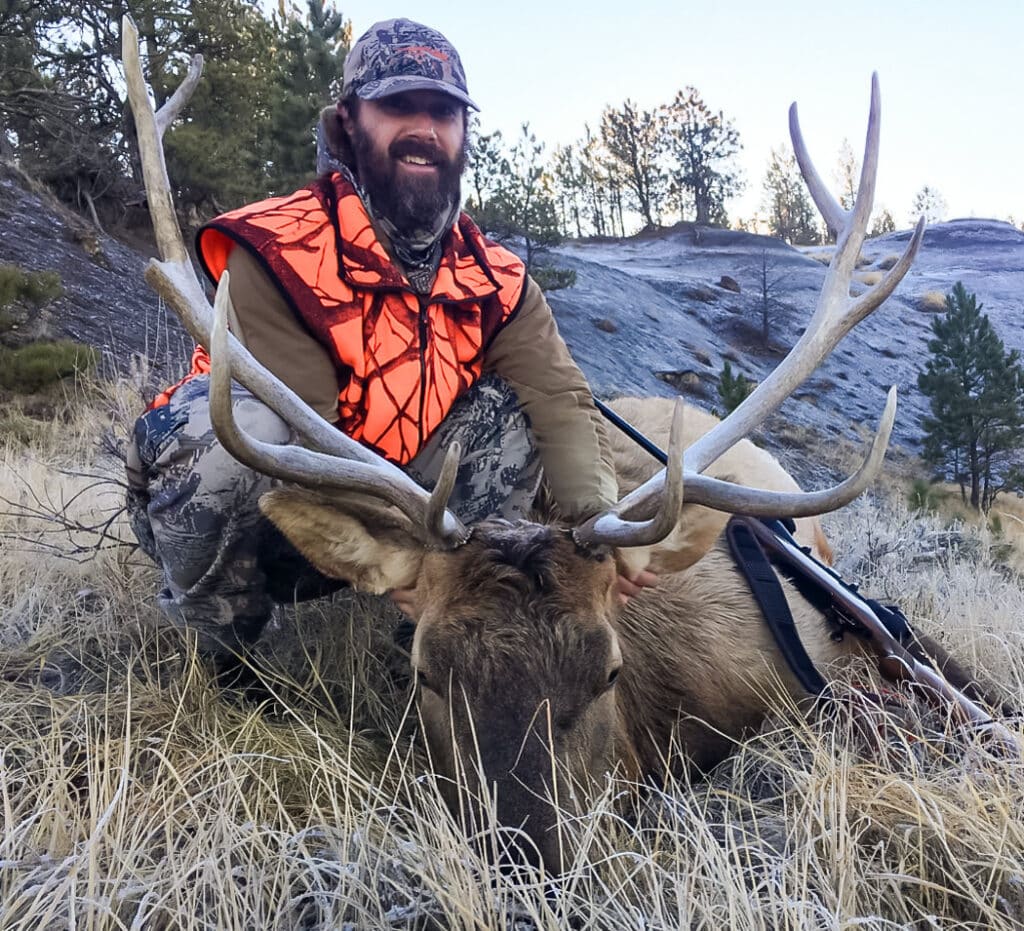
Every two years Montana hunters get a chance to make their voices heard on the regulations that will affect their opportunities through the season setting process.
Can you kill cow elk with a general license in your favorite hunting district? Do mule deer bucks require a special permit? The list goes on, and on.
This process is about the nuts and bolts of wildlife management and hunting opportunity. It affects what is out there on the landscape, what’s available for hunters and what tools state biologists have to address herd numbers, game damage on private lands and other major issues.
Right now, Montana Fish, Wildlife and Parks is holding public meetings on its tentative hunting season proposals throughout the state. These are the meetings where local management biologists, who know their areas and the wildlife there, get out in their communities and interact with local hunters. It helps them to hear what hunters are concerned about, what suggestions they have for wildlife management and other concerns.
It’s important that we review hunting regulations every two years, because wildlife and habitat are incredibly dynamic. In one area, white-tailed deer could be booming and need a good, aggressive harvest. In others, populations may be way down, and need to have doe harvest trimmed back or outright eliminated.
Elk management, with more of the coveted game species on the landscape than ever before, is always a big topic of discussion. FWP is struggling to bring elk numbers down in more than 80 hunting districts throughout the state. The agency has implemented “shoulder seasons” outside of the standard five week general season, but hunters have serious concerns because of limited access to some lands during the general season that has allowed these herds to build up and continue growing.
Mule deer continue to struggle in many parts of Montana. White-tailed deer are common in some areas, and less abundant in others. And of course Montana has other proposals that include the other eight big game species – moose, bighorn sheep and mountain goats among them.
Writing hunting regulations is complicated, and that’s why hunters need to be engaged. Attend one of FWP’s meetings in your area. Check out the tentative regulations and make your voice heard. It’s your wildlife, and you should have a say in how it’s managed.
For more information, go to fwp.mt.gov/hunting/ and scroll down to “opportunity for public comment.”
Nick Gevock is the conservation director for the Montana Wildlife Federation.

